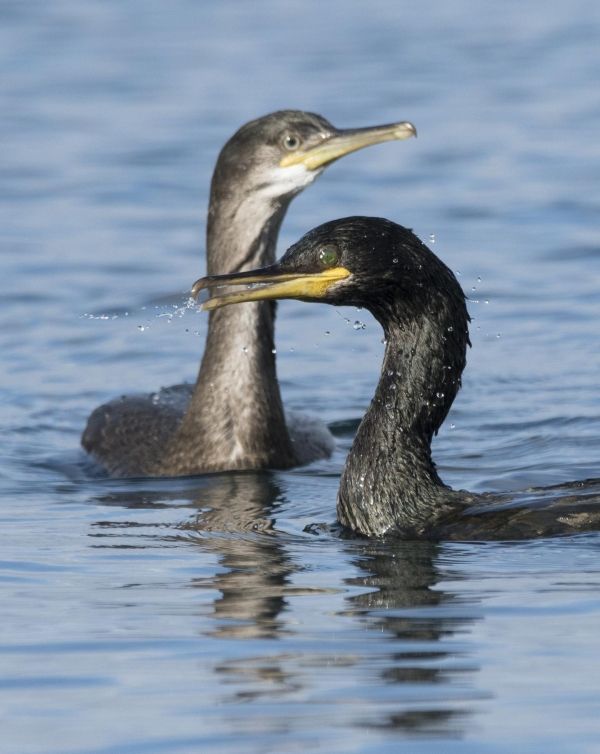The availability of a key prey for seabirds has changed dramatically over the past three decades, particularly in winter, with possible consequences for their population numbers, a new study has found.
In the first long-term study of its kind, led by the Centre for Ecology & Hydrology, researchers looking at the diet of a North Sea seabird, the European shag, found that the birds’ food source has altered substantially throughout the year.
In 1988, shags’ diets comprised almost 100 per cent sandeel, but by 2014 this had reduced to just 13 per cent, while the number of prey types increased from six to 12, the study of regurgitated pellets all-year-round over three decades at the Isle of May, Firth of Forth, has found.
Climate change may be an important mechanism driving the observed patterns, since ocean warming is having pronounced impacts on fish populations in the North Sea.
Read more at Centre for Ecology & Hydrology
Image: European shags at the Isle of May, Firth of Forth. The study looked at the year-round seabirds' diet over 30 years. (Credit: Gary Howells)


